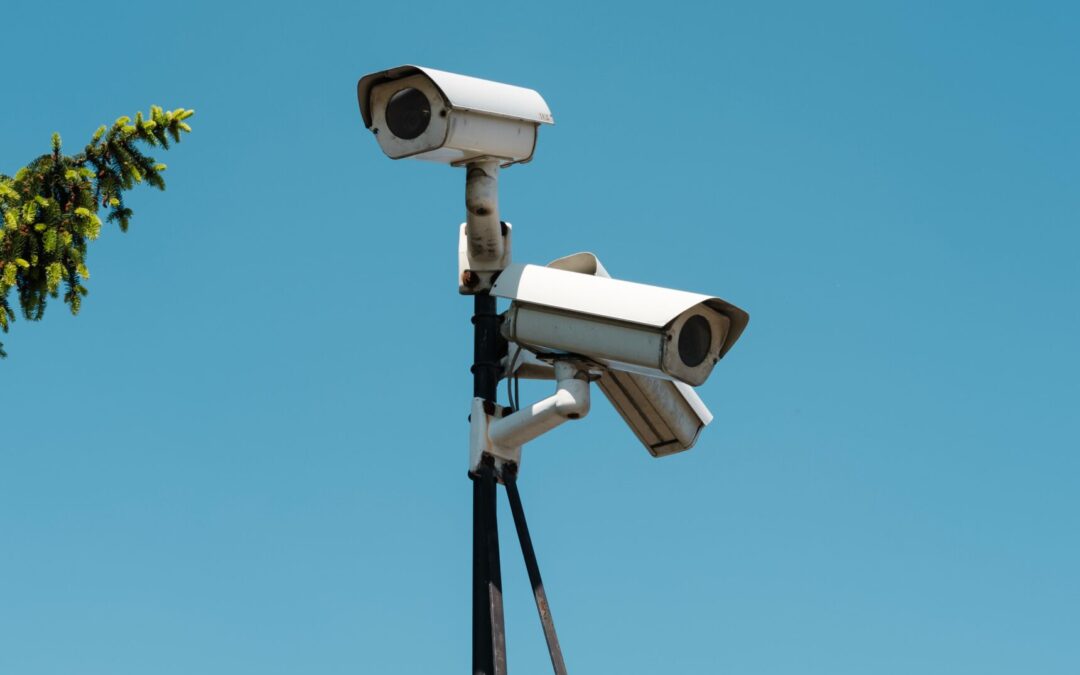Many of us have come across the term PoE. CCTV installers have started installing PoE systems and in some cases, they only install PoE systems. But what is a PoE system, and is it the right choice for you?
PoE CCTV systems don’t require a separate power cable. You can use the same cable for video and power, hence why it’s called PoE system or Power Over Ethernet system.
In this article, we will look into PoE systems in detail, and help you decide what options are best for you.
What is PoE?
Power over Ethernet (POE) is a technology that lets network cables carry electrical power.
For example, a digital security camera normally requires two connections: one for video and one for power.
In a PoE application power is delivered via the same cable, which means you don’t have to run a separate cable for power.
Are there any different types in PoE application?
Yes, PoE and PoE +
What is the difference between PoE and PoE+
The major distinction between Power over Ethernet (PoE) and PoE+ is the amount of power delivered over each standard. However, the following aspects should be considered before deciding which system you want to use to pass power and data over your twisted-pair Ethernet:
PoE can transmit 15.4w/port at maximum and is defined by the IEEE 802.3af standard.
PoE capable devices can be powered devices (PDs), power sourcing equipment (PSE), or occasionally both. The device that is powered is a powered device while the device that transmits power is a power sourcing equipment.
Why choose PoE?
What are the features that make PoE stand apart from others, and why should I choose PoE? The answer is simple – one cable system. This will result in you spending significantly less money and labour time – a win-win in our eyes!
PoE can provide sufficient power for most surveillance cameras. You can mount devices with PoE in places where it would be impractical to install power, such as drop ceilings.
What is PoE+?
PoE+ is the latest update to PoE with the IEEE 802.3at standard. PoE+ power sourcing equipment can offer almost two times as much power over a single Ethernet cable. PoE PSEs can only provide power to PoE PDs whereas PoE+ PSEs can supply power to PoE+ PDs as well.
PoE classes
A class from 0-4 is assigned to PoE and PoE+ powered devices depending on how much power they need. Class 1 requires very low power, Class 2 requires low power, and Class 3 requires medium power. A high amount of power is required by Class 4 (PoE+) devices. Moreover, Class 4 (PoE+) devices are only compatible with PoE+ PSEs.
So is it right for you?
PoE has low installation costs as it requires only one cable to supply both power and video. For smaller applications like domestic properties and small businesses, PoE is a great option. However, PoE may not be suitable for larger applications, where the cable run is over a longer distance.
Want more? For interesting articles delivered straight to your inbox, subscribe to our newsletters here. Cube is a leading UK fire and security company and provides bespoke accredited training qualifications.

